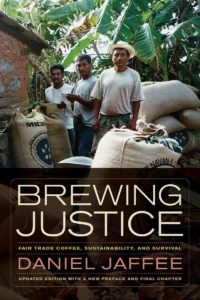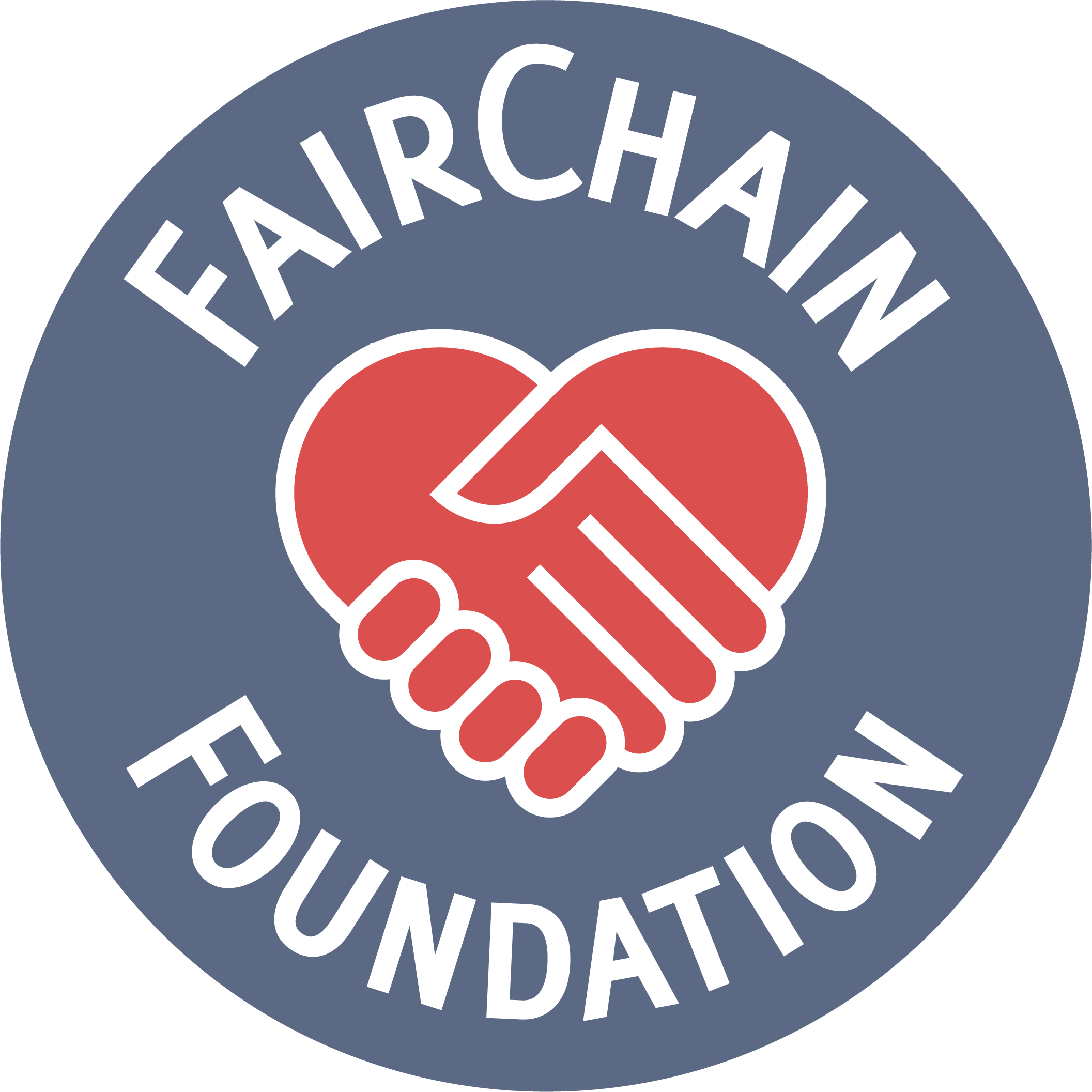 The Fair Trade movement has demonstrated enormous effectiveness in providing an alternative market for a wide range of locally finished products. Enabling producers right back at the start of the supply chain to see significantly better prices paid for their goods as well as direct investment into community development at the grassroots level. These have been the monumental pillars upon which this trading model has been built, and indeed there have been numerous lives been positively affected through fair trade practices.
The Fair Trade movement has demonstrated enormous effectiveness in providing an alternative market for a wide range of locally finished products. Enabling producers right back at the start of the supply chain to see significantly better prices paid for their goods as well as direct investment into community development at the grassroots level. These have been the monumental pillars upon which this trading model has been built, and indeed there have been numerous lives been positively affected through fair trade practices.
And then comes along our man Daniel Jaffee to fan the flames of this cozy little network and to challenge the movement on all its hard work and accomplishments to date. In his book ‘Brewing Justice’, Jaffee takes the happy nook of goodwill and free love of the fair trade movement and places it under the blinding floodlights of cross-examination, interrogation and scrupulous third-degree scrutiny by asking the hard questions –most pertinent of which: is it working??
On his pursuit for answers, Jaffee then takes his readers along for the ride on a gallivanting adventure to the wild wild west of indigenous coffee farming territory in Oaxaca, Mexico. Based on this real-world case study, he provides a ruthlessly vivid examination of what’s really going on, on the ground at origin for fair-trade growers. Delving deep into the lives –and indeed, living rooms- of the coffee farmers and their communities, Jaffee explores the impact of today’s evolving landscape of politics, economics globalization to understand precisely what the fair trade movement is achieving – and how a road map towards a new and better global economy can be realized.
Of particular interest from the FairChain perspective is when page 89 when Jaffe describes one of the major pitfalls of the fairtrade system. See, higher prices paid to fair trade farmers in hard times when the market price drops, wreaking havoc in small communities all over the world. This is when the fair trade movement shines in guaranteeing farmers a steady pre-determined kilo price. But what happens when the market price goes above the fair trade price? This is a time when those once-loyal fair trade farmers prick up their ears and see that the could receive even higher prices by selling their coffee to the local ‘coyote’ (read: guy with a truck who carts your beans off to market for you). And the coyote doesn’t care how you grew your beans, whether you fertilized them or pruned the trees or harvested them according to a strict fair trade rule book to boost yields. This is a time when the membership of fair trade cooperatives drops down to just a handful of die-hard members who probably just can’t be bothered with all the administrative hurdles involved with de-registering. In instances like this, the FairChain model demonstrates enormous resistance against the vicious unpredictability of market swings. This is achieved by producing a more valuable good at origin which will always attract better market prices so long as you good folks out there continue enjoying a damn-fine tasting Cuppa Joe!
On page 100, Jaffee interestingly discusses the most sustainable aspect of fair trade which is also non-monetary. This is the access to training workshops and follow-up expert advice that fair trade farmers receive to help them learn on such topics as how to grow pest-resistant crops, how to prepare and distribute good quality fertilizer and how to care for the soil with crop rotation and mixed varieties of seeds to ensure that it will keep producing good yields over the long term. The reason this is interesting is that once again there are parallels with the FairChain model. Only with FairChain not only do locals in Ethiopia learn how to grow, harvest and process beans that make it over the 85 plus cupping score for specialty coffee (fair trade is not by any means synonymous with specialty coffee), but they also learn about the delicate art of roasting in the purpose-built facility that has been set up in Addis-Ababa and then how to pack and send the coffee to survive the journey to Europe where it is scrutinized by nonother than our local hipster community.
Well anyway, we don’t want to give too much away here, but it’s fair to say that with ‘Brewing Justice’ Jaffee has most definitely rocked fair trade’s boat and given the rest of us something to think about in terms of what other options exist for economic equality along the coffee supply chain.
Our verdict: GoGetIt!
Image courtesy of:https://www.pdx.edu/sociology/sites/www.pdx.edu.sociology/files/styles/large/public/jaffeed.jpg



